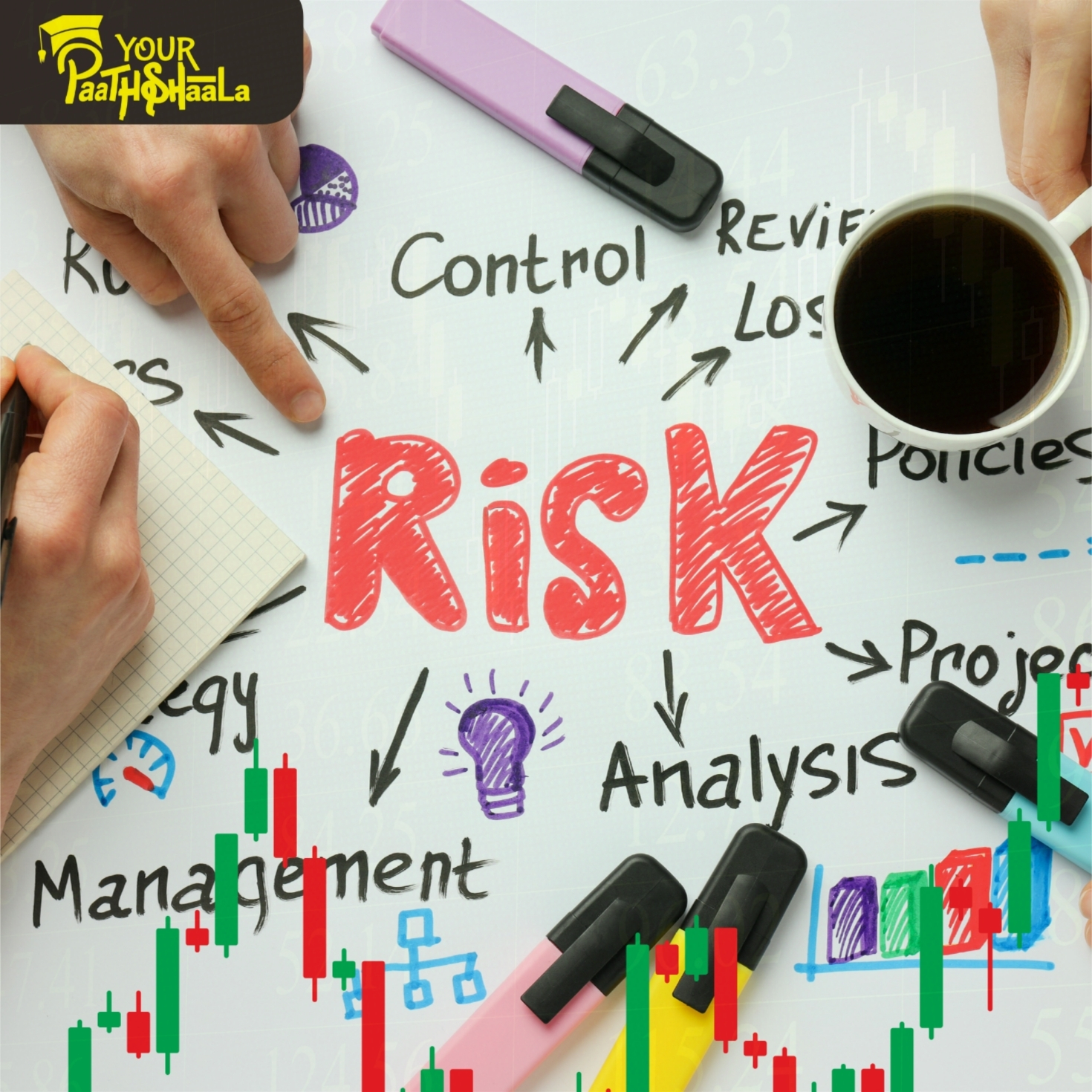Behavioral Risk Budgeting: Optimizing Investments with Psychology in 2025
Behavioral risk budgeting is revolutionizing investment strategies by integrating investor psychology into systematic risk allocation. As of August 18, 2025, aligning portfolios with behavioral insights, employing emotional hedging strategies, and using decision-support systems help investors achieve consistent performance under market stress. This 2000-word guide explores these innovative approaches, offering actionable insights for beginners and seasoned investors. By addressing emotional biases and cognitive limitations, behavioral risk budgeting builds resilient portfolios in unpredictable markets. Ready to optimize your investment journey? Let’s dive into behavioral risk budgeting.
What is Behavioral Risk Budgeting?
Behavioral risk budgeting incorporates insights from behavioral finance—understanding how emotions and cognitive biases like overconfidence or loss aversion influence decisions—into risk management. Unlike traditional models that assume rational behavior, this approach designs portfolios to mitigate impulsive reactions, ensuring data-driven decisions. With global markets facing volatility (VIX averaging 18, per CBOE), and investor sentiment driving rapid shifts, per Bloomberg, behavioral risk budgeting is critical for achieving consistent returns and resilience in 2025’s dynamic environment.
Key Strategies in Behavioral Risk Budgeting
To succeed in behavioral risk budgeting, focus on three key strategies: psychology-driven risk allocation, emotional hedging to reduce behavioral drag, and decision-support systems to address cognitive limitations. Below, we explore each in detail.
1. Psychology-Driven Risk Allocation: Aligning with Investor Behavior
Psychology-driven risk allocation designs portfolios based on an investor’s emotional tendencies and risk tolerance, reducing the impact of biases like panic selling during downturns. For example, an investor prone to loss aversion might overweight stable assets like bonds to avoid impulsive sell-offs.
How to Implement Psychology-Driven Allocation
Assess behavioral biases using tools like Riskalyze or Morningstar’s Investor Profile.
Allocate to diversified ETFs like BND (bonds) or ESGU (ESG stocks) to match risk tolerance.
Monitor investor behavior during market stress to adjust allocations proactively.
Diversify across asset classes to balance emotional and financial risks.
Psychology-driven allocation enhances consistency but requires accurate profiling, so use validated behavioral tools.
2. Emotional Hedging Strategies: Reducing Behavioral Drag
Emotional hedging mitigates behavioral drag—the performance loss from irrational decisions—by incorporating strategies like stop-loss orders or diversification to counteract emotional reactions. For instance, setting automatic rebalancing rules prevents selling during a market dip driven by fear.
How to Apply Emotional Hedging
Use automated platforms like Wealthfront or Interactive Brokers to enforce disciplined rebalancing.
Hedge with low-volatility assets like TIPS (TIP ETF) or defensive stocks (XLP).
Implement stop-loss orders or options strategies on volatile assets like QQQ.
Diversify across uncorrelated assets to reduce emotional exposure to market swings.
Emotional hedging reduces drag but may limit upside in bull markets, so balance with growth-oriented assets.
3. Decision-Support Systems: Addressing Cognitive Limitations
Decision-support systems use AI and data analytics to guide rational investing, countering cognitive biases like overconfidence or anchoring. For example, AI tools can recommend portfolio adjustments based on real-time data, preventing decisions swayed by recent market noise.
How to Use Decision-Support Systems
Leverage AI platforms like QuantConnect or TradingView for data-driven recommendations.
Adjust portfolios with ETFs like VTI (total market) based on system outputs.
Validate AI suggestions with fundamental analysis to avoid over-reliance.
Diversify strategies to balance system-driven and human-led decisions.
Decision-support systems enhance rationality but risk algorithm errors, so combine with human oversight.
Risks and Challenges in Behavioral Risk Budgeting
Behavioral risk budgeting offers resilience but comes with challenges:
Bias Misdiagnosis: Incorrectly identifying investor biases can lead to misaligned portfolios.
Over-Reliance on Automation: Excessive trust in systems may overlook qualitative factors.
Market Volatility: Rapid shifts can amplify emotional reactions despite hedging.
Implementation Costs: Frequent adjustments or advanced tools can incur fees.
To mitigate risks, diversify strategies, validate behavioral assessments, and use cost-effective platforms. Professional guidance can optimize execution.
Tools and Resources for Behavioral Risk Budgeting
To excel in behavioral risk budgeting, leverage these tools:
Behavioral Tools: Use Riskalyze or Morningstar’s Investor Profile for bias assessment.
Investment Platforms: Access ETFs via Vanguard or Fidelity for diversified allocations.
Analytics Platforms: Leverage QuantConnect or Bloomberg Terminal for decision support.
Educational Resources: YourPaathshaala offers practical lessons and free demo classes.
These tools, paired with disciplined research, can enhance your behavioral risk strategy.
Why Behavioral Risk Budgeting Matters in 2025
As of August 18, 2025, behavioral risk budgeting is critical amid heightened market volatility. The VIX averaged 18 in 2024, per CBOE, driven by inflation (3.5% CPI) and geopolitical tensions, per FRED. Investor sentiment, amplified by social media like X, triggered rapid market shifts, with 20% of retail investors selling during 2024 dips, per JPMorgan. Behavioral strategies, supported by AI adoption in 70% of hedge funds, per PwC, are essential for mitigating emotional biases and achieving consistent returns in 2025.
Getting Started with Behavioral Risk Budgeting
Ready to optimize your investment journey? Follow these steps:
- Learn Behavioral Finance: Study investor psychology and biases like loss aversion.
- Choose a Platform: Select a broker with behavioral tools and automated systems.
- Start Small: Test strategies with a small, diversified portfolio.
- Diversify: Spread investments across low-volatility and growth assets.
- Seek Education: Join YourPaathshaala’s free demo classes for practical lessons, located near Anjali Children Hospital, Tagore Nagar, Mathpurena, Raipur, Chhattisgarh, PIN code: 492001.
Conclusion
Behavioral risk budgeting—through psychology-driven allocation, emotional hedging, and decision-support systems—transforms investing in 2025 by addressing emotional biases and cognitive limitations. These strategies build resilient portfolios that perform consistently in volatile markets. Despite challenges like bias misdiagnosis or automation risks, diversified approaches and robust tools can lead to success. Master these concepts with YourPaathshaala’s clear, practical lessons and free demo classes to address your doubts.
Visit YourPaathshaala
Near 🏥 Anjali Children Hospital, Tagore Nagar, Mathpurena, Raipur.
📫 PIN code: 492001, Chhattisgarh
📞 Click the Call Now to contact us!
















